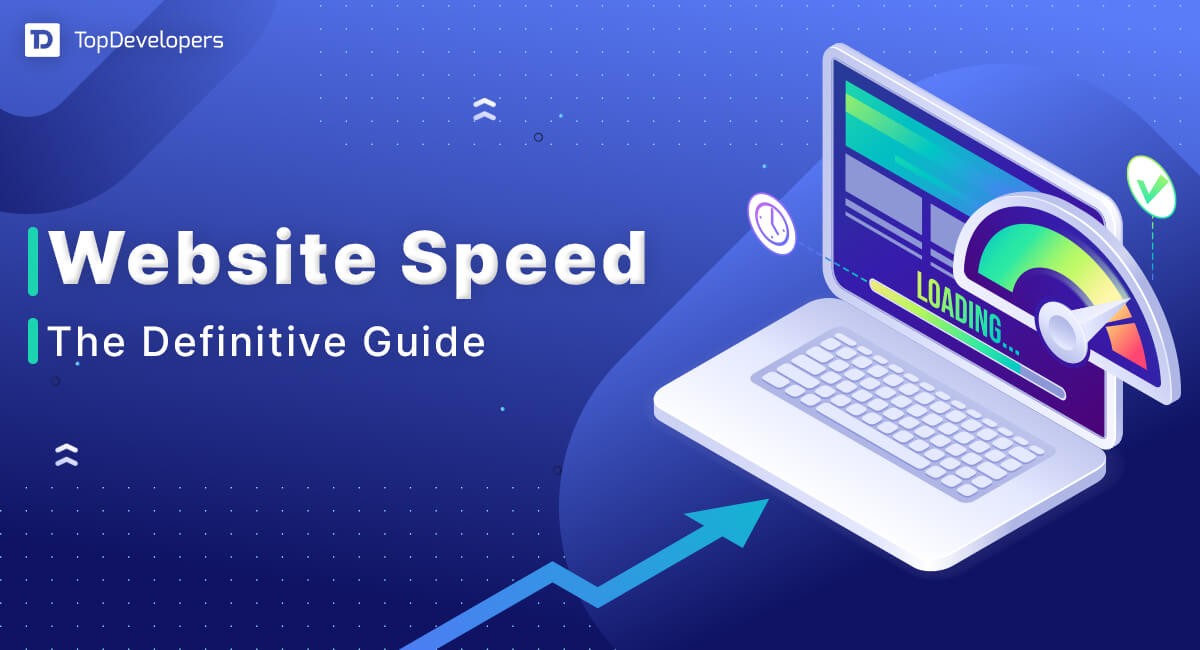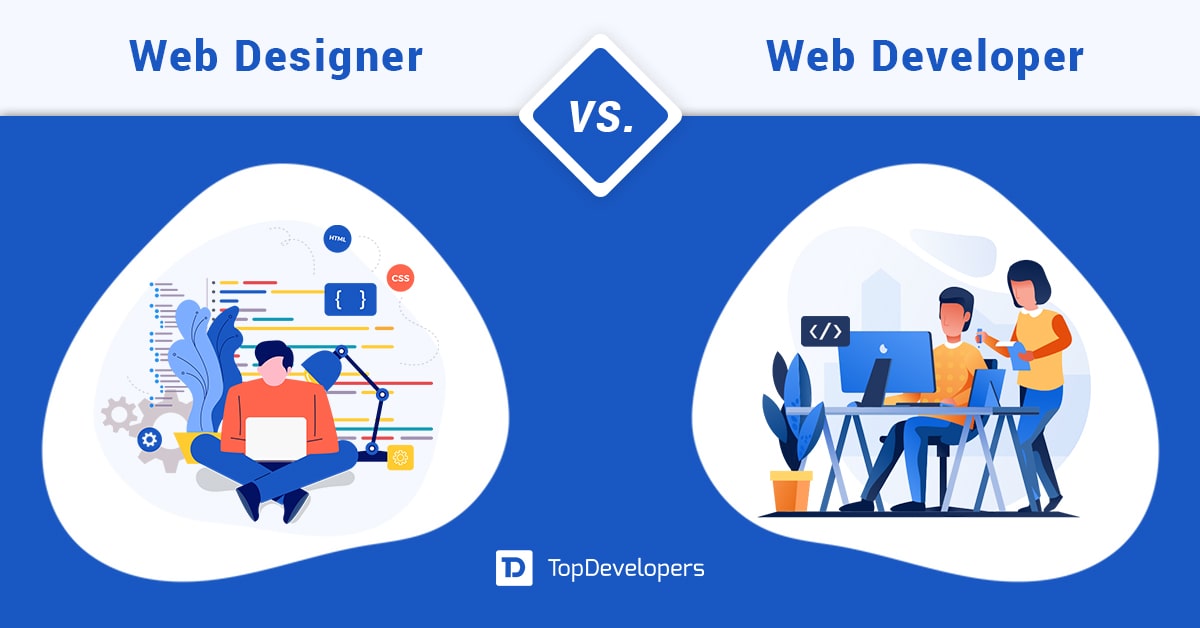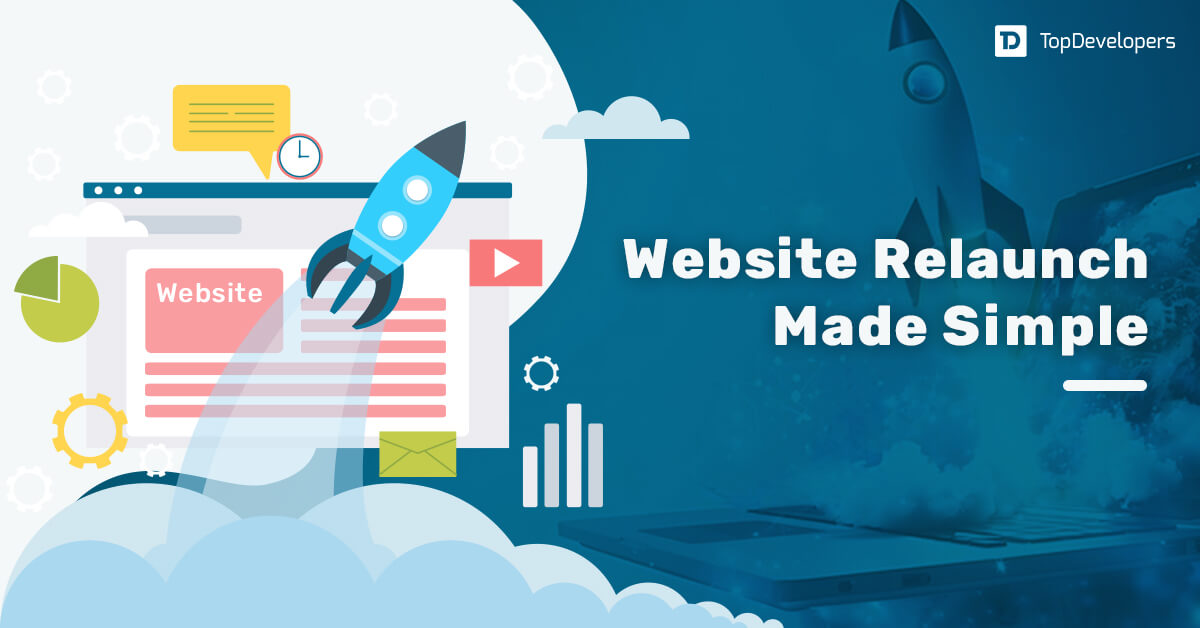
Businesses launch websites to serve different purposes, but success with a business website is implausible if it takes more than 3 seconds to load. In fact, the probability of bounce increases by 32% as page load time goes from 1 second to 3 seconds. Google gives credence to a website that performs at speed and ranks higher in Search Engine Result Pages (SERP).
Reduced loading time makes people stay on the website for a long time, and poor performance makes the users abandon the website earlier. It indicates that people are impatient and expect the website to load instantly. Hence, it’s crucial for businesses to partner with website development companies to increase their website’s speed as every second counts.
This blog will let you walk through a quick overview of website speed, its importance, factors impacting website loading, and a few measures to optimize and check the website performance that helps you achieve business objectives.
Table of Contents
What Should Be the Optimal Website Speed?
Since 2010, Google has taken website loading speed seriously and considered it as an important factor for website ranking. Good website response time lies between two to three seconds, which is essential for businesses if they want their website to crawl in maximum time. Consistently for years, search engine result performance of a website depends on website performance. Additionally, optimizing website speed for desktop and mobile ensures good traffic, maximizes quality leads generation, and increases conversion.
Why Your Website Speed Is Important?
Regardless of the website’s purpose for existence, improving website page loading speed will bring significant gains to businesses, which makes it vital to consider. Here are the top reasons to consider it.
Create Indelible Impression
Research has proven that it takes less than a second for users to form an impression about your business through the website. It means when your website loads within 2 seconds, you will get more time to influence visitors. High performance turns a website into a reliable and professional element that improves users’ trust, increases competence, and enables positive interactions.
Reduce Bounce Rate
Slow website speed significantly increases the bounce rate, leading users to abandon the website after just a brief visit. Accelerating loading speed can encourage users to explore more pages, thereby reducing bounce rates and increasing engagement.
Enhance User Experience
Fast-loading websites that respond quickly to user actions leave a lasting positive impression. This enhanced user experience, facilitated by clear, concise design and optimal graphics, can lead to increased trust, perceived competence, and positive interactions.
Improve Conversion
Optimizing the speed of a website can significantly impact conversion rates. When product details or checkout pages load quickly, users are more likely to complete their purchase without frustration. The faster the website pages load, the higher the chances of conversion.
Increase SEO Ranking
As discussed above, Google’s page speed update has linked website speed and user experience with SERP. Despite changing the SEO algorithm, website speed remains a big factor in ranking a website on search engines. So, ensuring high loading speed will take your website to the top of search engine ranking.
Maximize Loyalty
The great experience that users will have with faster page loading makes them return repetitively. The need for instant gratification has made website visitors prefer high performance over visually appealing graphics. When served with what they are looking for as fast as possible, they remain loyal to the business.
Which Factors Impact Website Speed?
Fixing issues with the website is all-important to ensure great performance. Knowing all the factors that influence a website is essential and helps make it perform to its best.
Page Size
When there are many JS files, CSS files, HD images, and video content are resources that influence website performance. Adding JS functions, third-party pop-ups, and other multimedia elements makes the website complex and heavy, which increases page response time and negatively impacts performance.
Hosting Location
The network latency increases when content is accessed far away from the location where it’s hosted. When HTML/CSS files, images, or video content is hosted at distant places, it delays the data transfer, which ultimately increases the time to load the content on a website when it’s requested from thousands of miles away.
Network Conditions
Regardless of the website’s weight- heavy or lightweight, when the network conditions are poor, it loads slowly. Inferior ISP service quality, networking equipment, and 3G/4G mobile devices will make the website load slowly. It’s prevented using techniques such as minification, CDN, and others that enable quick web resource transfer despite the internet connection being slow.
Tips to Optimize Website Speed
Website speed importance reveals that businesses can succeed boundlessly when web pages load faster. Considering these tips and tactics ensures that your website loads quickly.
Website Audit
Now, you know why website speed optimization is important, but you can optimize the performance only when you are aware of what needs to improve. The website audit using SEO tools like- Google PageSpeed Insights helps you get insights into what’s making your website slow on desktop and mobile. The core web vitals evaluation determines overall performance, room for improvement, and other aspects, with color-coded scores providing a big picture of website loading speed.
Fix Important Website Speed Issues
Website audits reveal the list of issues impacting website speed, and prioritizing the issues to fix them one by one that is important. It helps to focus and to work on what matters the most. You must check the list of issues and identify which of them influence customer experience and retention at scale. Otherwise, the factors that make a website load too slowly can cause customers to move away. Take care of DNS issues, hosting issues, and server-side concerns that delay load times.
List Unnecessary Plugins
Plug-ins and add-ons make website development effortless, but they also influence website loading speed when not used or managed optimally. Before plugin integration, check if the website really needs the plugin or if it adds value to the website. Also, make sure the updated plugin is leveraged so that it won’t make the website perform slowly. The minimal and optimal use of plugins is good to have, and overuse of plugins is the #1 performance killer.
Enable Caching
Caching is a very common phenomenon that exists to improve website performance while eliminating the need to fetch data from servers repetitively every time a user visits the website. Caching saves the copy of data in a temporary storage location, so the data doesn’t require to be redownloaded again, reducing website page loading speed. Hence, caching ensures users can access the data quickly and effortlessly.
Implement Right CDN
For data access, users’ requests are sent from the recent location to the location where the website is hosted, which delays website loading. That’s where the content delivery network (CDN) plays a vital role in speeding up loading times with a network of servers that store caching copies of website static content. When users visit the website and try to access content, CDN instantly selects the nearby server to deliver content that improves website performance.
Minimize Redirects Usage
Redirects is a popular marketing strategy that involves connecting high-ranking pages to new content that adds credibility to the website. However, there’s a downside to adding several redirects, which is increasing load times. Keep an optimal number of redirects that add value to the page and do not direct users to other pages unnecessarily. It impacts website performance and loading speed.
Reduce HTTP Requests
HTTP requests are sent by the browsers to the server every time users visit the web page. In return, the server responds by sending the requested file, including text, images, videos, and other stuff. When the file returned by the server misses anything, the request is initiated repetitively unless the file contains all the resources. This process repetition slows down the website loading and irritates users. Ensure the number of HTTP requests is at a minimum.
Continuously Track 404 Pages
404 page is popularly seen by most of us when the web page is moved or no longer exists. Businesses need to keep track of 404 error pages and continuously review the list of 404 error pages. It enables fixing broken links or web pages with malfunctioning features so that users won’t experience slow website loading.
Enhance Server Response Time
Often, slow database queries, inadequate memory, and slow routing are some of the performance bottlenecks that improve server time. Ideally, the response time must be reduced to 200 milliseconds. When server response time is reduced, website performance gets boosted automatically.
Optimize Images
Adding several images or other multimedia elements increases website weight and makes the loading of the website slow. When necessary, design components are added to the website and their file size is reduced with gZip compression without compromising quality.
Use Fewer Resources
Minimizing CSS, HTML, and JS files helps optimize code wherein spaces, commas, and other characters are removed. Eliminating unused codes, code comments, and formatting is a good option that significantly increases website speed. Different tools and practices help minimize various files and optimize web page speed.
How Can You Measure Website Performance?
After knowing why page speed is important and how to improve the speed, it’s necessary to identify the performance metrics that reveal whether the steps you have taken to improve website speed are working or not. Leverage the metrics below to see website performance improvements.
Page Size
Page size includes all the resources, from files to multimedia content, that impact the loading speed. When the page size gets reduced, it consumes less data on mobile devices for accessing the website and loads the website at speed.
Load Time
While loading the web page, multiple HTTP requests are initiated to load the various resources needed to load a single web page. Reduced loading time that makes the web page appear in the browser ensures great performance.
TTFB
TTFB refers to the time to the first byte, which means the amount of time taken between users’ requests to load a web page and the time when the first byte of response is received. SEO considers TTFB important for website ranking, which makes it vital to consider.
Round Trip Time
RTT refers to round trip time, which is the time that elapses when the request arrives at the server and the response is sent to the device. The round trip taken by the reaction is RTT.
Number of Round Trips
The number of times users’ requests are sent to the server and provide the response back- the multiple round trips increase the website latency.
Conversion Rate
Good website speed easily turns the website visitor into a potential customer. You can measure the conversion rate by dividing the number of visitors by conversion. A higher conversion rate indicates that the website is performing well.
Bounce Rate
When users leave the website even before the site load completely or without sifting through it enough, it indicates poor loading speed is making users bounce away. The bounce rate is a way to verify how your website is performing. Reduced bounce rates are good for business websites.
Time to Interact
time to interact refers to the time that users take before interacting with a website, including typing in a text field, clicking on links, and scrolling the page. The reduced time to interact is an important metric that’s a signal of good website performance, else users take no time to leave the page.
Speed Up the Website Page Speed
The website is important to establish an online presence, build credibility, attract traffic, generate potential leads, and increase conversion. It is possible only when the website performs to the notch, delivers the best experience, and appeals to the users. All of them are linked to website loading speed. It determines why website speed is important and indicates website speed can make or break your business’s online presence. There are plenty of ways to measure website performance and expedite the website loading speed optimization process so that your business will always edge over the competition and delight customers with the best experience.
 Avantika Shergil
| Sep 19, 2024
Avantika Shergil
| Sep 19, 2024
Avantika Shergil is a technology enthusiast and thought leader with deep expertise in software development and web technologies. With over 8 years of experience analyzing and evaluating cutting-edge digital solutions, Avantika has a knack for demystifying complex tech trends. Her insights into modern programming frameworks, system architecture, and web innovation have empowered businesses to make informed decisions in the ever-evolving tech landscape. Avantika is passionate about bridging the gap between technology and business strategy, helping businesses build customized software and website, and understand about different tools to leverage effectively for their ventures. Explore her work for a unique perspective on the future of digital innovation.





